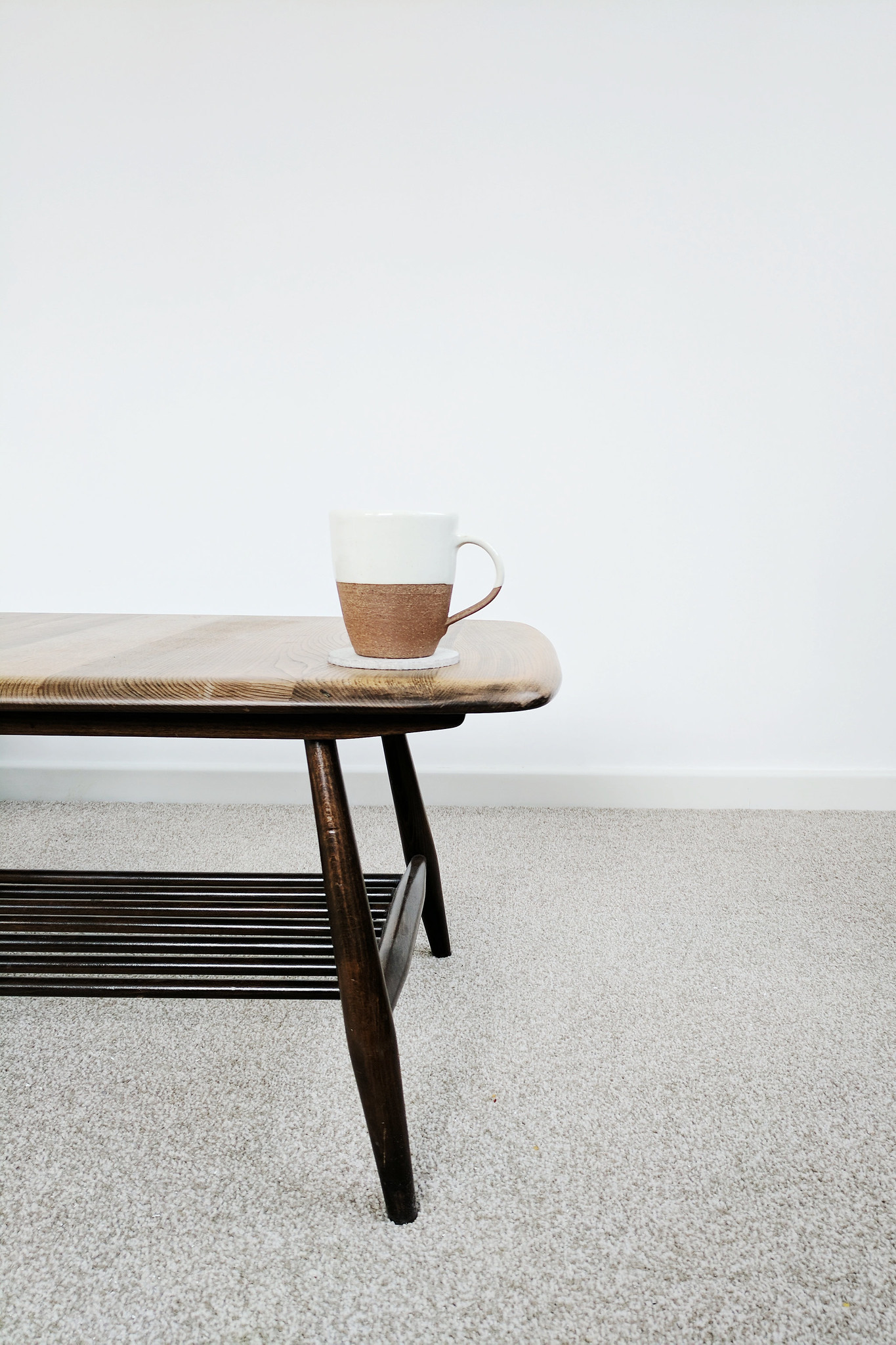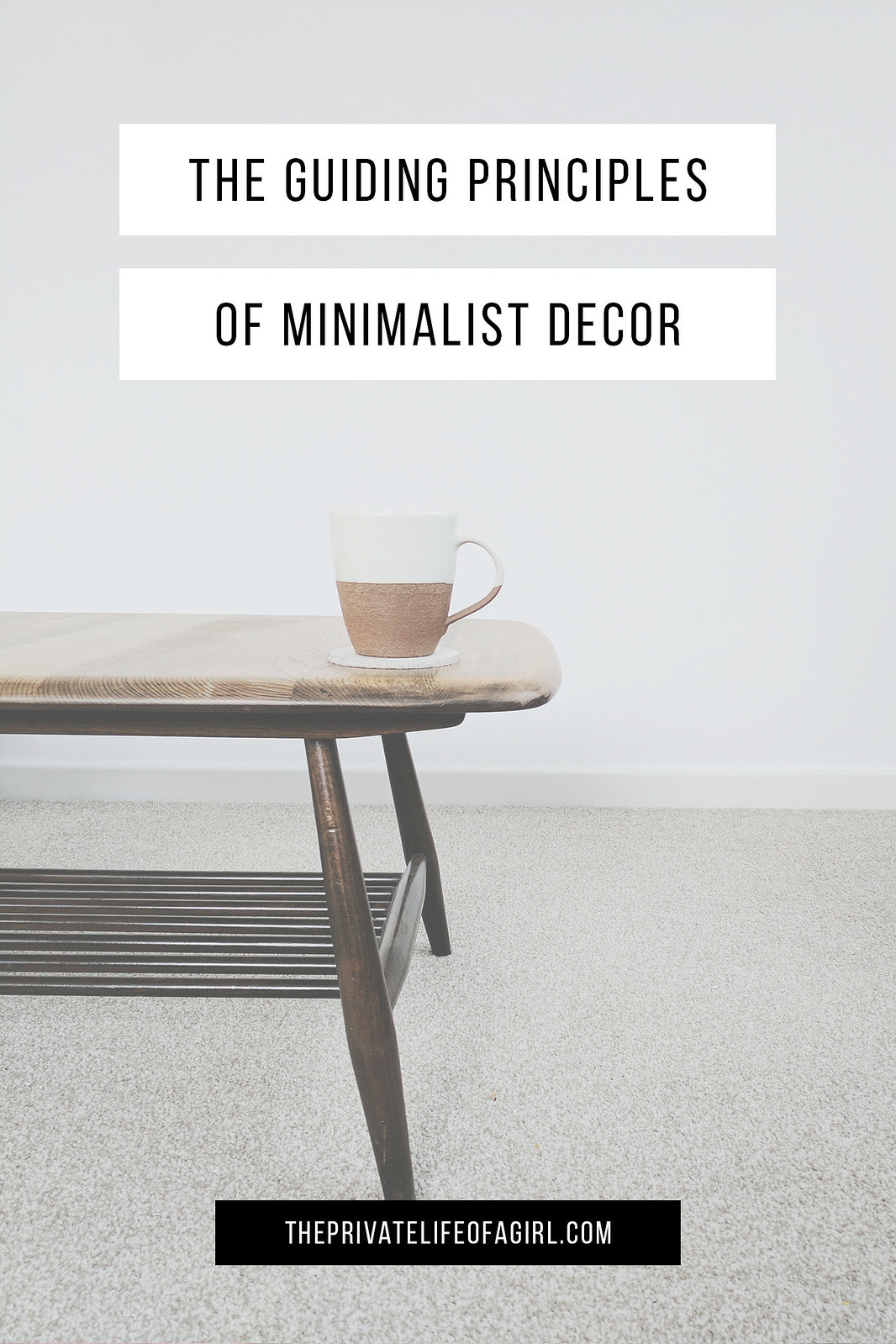
Minimalist home decor takes a “less is more” approach and focuses on shape, colour, and texture. The design style is incredibly popular as it’s relatively easy to achieve and creates an effortlessly beautiful interior space that’s timeless in style. There are three main guiding principles that can help you achieve a minimalist home.
1 | Let Space Rule
Minimalist decor is about keeping your space open and free; rooms with neutral walls and clear surfaces make a home feel bright, spacious, and airy. Getting rid of surface clutter and unwanted decorations allows every piece of furniture or artwork in your home to stand out. The more space we have the more tempted we are to fill it with things we don’t need. With minimalist home decor it’s important to focus on absolute "must haves" and what’s appropriate for the space. The open room concept where empty space remains purposefully unfilled throws focus on the few pieces you do own; preventing your home from becoming overwhelmed by too much stuff.
There’s a lot of empty space in our apartment and we like it that way. In fact, we specifically choose furniture to be discreet; like our dining table. The drop-leaf design means it folds up neatly against the wall and the chairs add character without being obtrusive. We avoid buying what we don't need and find alternative solutions before introducing new furniture. There's plenty of room to move around and space in between furniture. It provides that beautiful feeling of freedom and tranquility.
2 | Choose Simple Furniture
Whether you’re a fan of strict minimalist interiors of the more relaxed and homey style of Scandinavian design, simplistic furniture is always preferable for minimalist home decor. The gentle curves and sleek lines of simple furniture falls somewhere in between modern and traditional making it ideal when designing a minimalist home. Statement pieces might be fun at first look but they quickly fall out of style and become dated. Opting for understated pieces means all your furniture will blend seamlessly together even if they don’t strictly match, and your interior style will be timeless.
In our home, we’ve paired together a few new pieces with old secondhand finds and furniture we’ve owned for years. Although we somewhat tried to match up the colour of wood, none of the pieces technically match yet they work beautifully as the design of each piece is so simple. Minimalism is as much about the aesthetic as it is making conscious choices; opting for a blend of new and second hand achieves a warm, homey minimalist decor.
Use A Neutral Colour Palette
One of the most crucial elements of minimalist home decor is the colour palette. Identifying the colours and materials you want to feature in your home and using those to guide your purchases results in cohesive home decor. Minimalist interiors often feature white walls, which can look stark with very little furniture; add accents of colour with the decor. Choose a dominate shade for furnishing and add a spark of colour plants and using with artwork to create a gallery wall. Minimalist decor doesn’t need to be boring or sterile, minimalist homes can be homey too. A little thought and a clever colour palette, and your home can be beautiful and minimal.
Inspired by modern Scandinavian interiors, our home features white walls with wooden furniture. We add accents of colour using muted shades like soft grey and slate blue with furnishings, throws, and pillows, and green from plants. Simple and clean, it’s an interesting colour palette that’s easy to stick to. Knowing our home's colour palette makes decision making easier; it guides us in our choices and we know everything we add to home will work cohesively as a whole.
